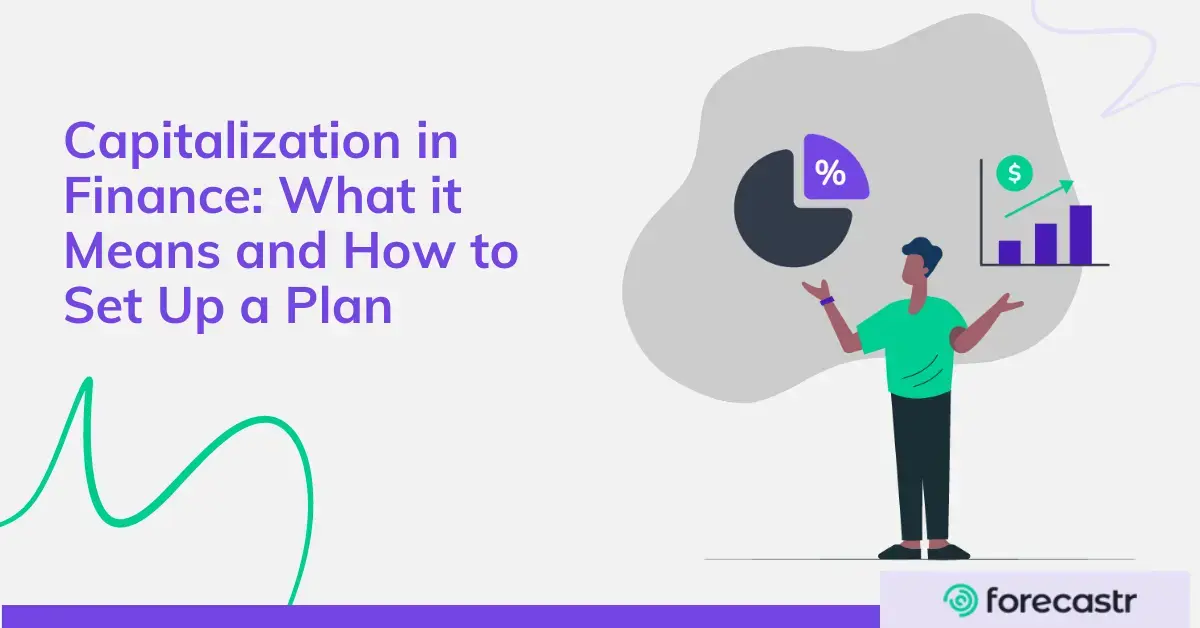Financial Modeling for Operations: Part 1 – Growth Plan
A crucial driver of your company’s growth is the effectiveness, and efficiency of your customer acquisition. To optimize revenue as a business...
2 min read
 Logan Burchett
June 26, 2020
Logan Burchett
June 26, 2020
Last week, I discussed how to optimize customer acquisition using objectives from the growth plan in your financial model. Like I shared last week, to maximize revenue as a business manager, you must analyze every step of the funnel and test strategies that optimize success.
Three key areas remain:
This week, I’ll share how the revenue plan and the expense plan play into our quarterly timeline to provide pivotal feedback through Objectives and Key Results (OKRs). We will compare actual data against our quarterly forecasts to rapidly refocus efforts on our most effective platforms and, ultimately, move the needle on customer growth.
If the growth plan articulates a strategy on how you plan to acquire customers, how do you turn those customers into cash flow?
The revenue plan.
A revenue plan serves a distinct purpose from a growth plan. A growth plan details how to acquire customers. A revenue plan details how to monetize those customers. For example, if you sell a variety of offerings, a revenue plan will determine which products or services your new customers will buy. This plan also helps you understand churned customers and strategize pricing.

The above image shares a revenue plan based on the targets we set in our growth plan last week. Note the “New Subscriptions” line item, which matches the new customers we acquired through sales. For simplicity, I built this model to illustrate a company that sells only one product. As such, 100% of our subscriptions are paying $100/month for a total revenue of $50,100.00 this month.
If our company sold multiple products, from our 16 new subscriptions, we would allocate by percentage who is buying which product. For example, we could forecast 20% of our customers purchase Product A for $250, while 65% purchase Product B for $85, and so forth. We will take those new customers and allocate by percentage who is buying what product.
Identical to the strategy in our growth plan, we set monetized targets for the upcoming quarter and adjust based on actual results. These goals are equally critical toward growth. If you want to push a higher margin product over the next three months, you will create a goal in the forecast and measure the success of your strategy through actual results at the end of the quarter.
Your revenue plan should also include metrics such as churn rate, or churned subscribers in this scenario. As with every other pivotal metric, set monthly targets for churn to deeply understand your revenue growth — or loss. Here exists the true power of a financial model.
So far, our financial model broke down (1) how we’re going to acquire customers (growth plan) and (2) how we monetize those customers (revenue plan). Now, we need to understand where we spend our money. An expense plan, outlines everything that you plan to spending money on for the forecasted period – this is essentially your budget, which includes salaries, benefits, rent, marketing, supplies, and more. This plans a provides a framework to manage your cashflows against established revenue targets to prevent overspending.
Let’s create a budget for each category.
The expense plan should detail every penny you predict spending: rent, marketing, profession fees, and more. In this example, I’ll focus on salaries and benefits — probably your biggest spending category.
In the below example, I outlined specific targets for each position.

We expect to increase the CEO salary in August and hire additional team members, such as chief of staff, sales team, marketing associates. These line items require visibility not only due to cost impact, but also because they create critical KPI’s to monitor during the quarter. For example, to hire the chief of staff by Q3, the team needs to prepare in Q2 by writing a job description, developing SOPs, and scheduling interviews. As we forecast to aggressively expand our sales team over the next several months, we realize we are likely beyond product/market fit and need to focus more on sales and customer acquisition.
Your financial model does not simply control costs; communicates the company vision and requires accountability from the whole team.
Next week, in the final part of our series, I will discuss the key to your company’s longevity and growth: the capitalization plan.
Get notified about new events, free resources, and fresh content

A crucial driver of your company’s growth is the effectiveness, and efficiency of your customer acquisition. To optimize revenue as a business...

Accurate forecasts are the holy grail of business planning. The ability to reliably predict future outcomes allows companies to strategize more...

If you haven’t already, check out the first and second installments of of this series where I shared the first three key initiatives in optimizing...